 Happy holiday from ZimmComm. I hope everyone is enjoying a little time off before getting back to work. In this week’s program I’d like to introduce you to the man who is Indy photography. He’s Ron McQueeny, Indy Racing League, Director of Photography. That’s Ron in the picture providing pre-race direction to all of us photographers who were shooting the Iowa Corn Indy 250.
Happy holiday from ZimmComm. I hope everyone is enjoying a little time off before getting back to work. In this week’s program I’d like to introduce you to the man who is Indy photography. He’s Ron McQueeny, Indy Racing League, Director of Photography. That’s Ron in the picture providing pre-race direction to all of us photographers who were shooting the Iowa Corn Indy 250.
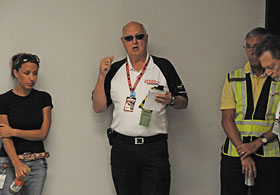 I’ve had the luck to be an accredited photographer at quite a few Indy races and Ron was one of the first people I met. After I realized I was not equipped to shoot cars going 200 mph he gave me some advice on equipment and shooting tips that proved to be invaluable. Ron has been working in photography with Indy for a long time and in our discussion you’ll hear him talk about how he got his start. I think it’s good inspiration for anyone interested in a career of professional photography.
I’ve had the luck to be an accredited photographer at quite a few Indy races and Ron was one of the first people I met. After I realized I was not equipped to shoot cars going 200 mph he gave me some advice on equipment and shooting tips that proved to be invaluable. Ron has been working in photography with Indy for a long time and in our discussion you’ll hear him talk about how he got his start. I think it’s good inspiration for anyone interested in a career of professional photography.
The reason you see Ron giving pre-race directions to photographers is because of the serious nature of the job. It is a dangerous one and the goal is to minimize danger while still getting the shots needed. If you’ve wondered what it’s like to shoot race cars then give this program a listen.
For me, one of the best parts of our discussion was a story Ron tells about working with Paul Dana, Indy Car driver who was killed in a pre-race accident in March, 2006. I got to know Paul who is credited with making ethanol the fuel of the IRL. Ron was asked by Paul to shoot some photos that were used in the effort to bring home grown fuel to the League.
ZimmCast 266The program ends this week with Independence Day by Life Has Teeth from Music Alley.
Thanks to our ZimmCast sponsors, Novus International, and Leica Geosytems for their support.
The ZimmCast is the official weekly podcast of AgWired. Subscribe so you can listen when and where you want. Just go to our a Subscribe page6

 The
The 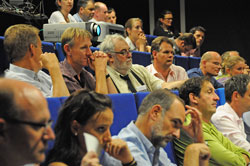 The
The 
 The
The 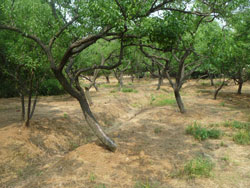

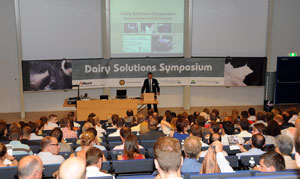 The
The 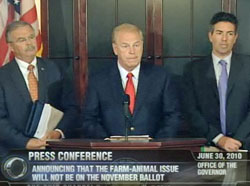 At a hastily called press conference on Wednesday afternoon, Governor Stickland stood with
At a hastily called press conference on Wednesday afternoon, Governor Stickland stood with 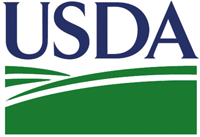
 The
The  Victor says the
Victor says the